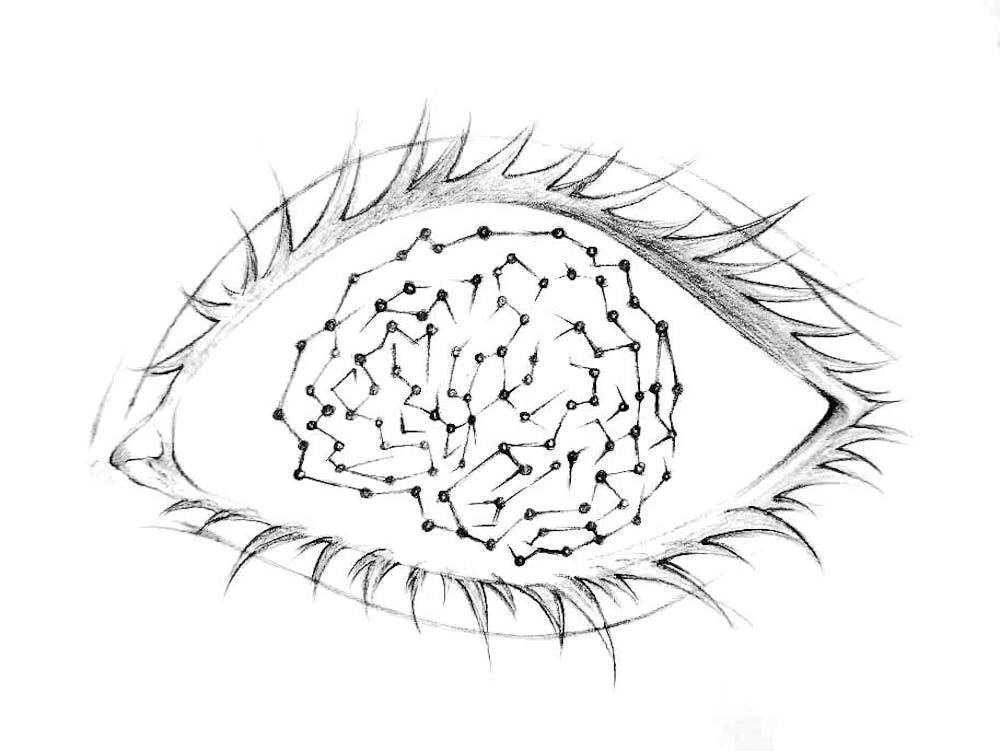The National Science Foundation awarded a four-year grant of $6 million to 14 researchers Aug. 22 for research into the neuroscience of attention.
The scientists include three professors from the University: David Sheinberg, professor of neuroscience and director of the neuroscience graduate program; Theresa Desrochers, assistant professor of neuroscience and Barry Connors, professor of neuroscience and medical science and chair of the neuroscience department.
The 11 other scientists hail from Dartmouth, the University of Nevada, Reno and Montana State University. The four institutions will collaborate in an effort to develop a “unified model of attention,” according to the grant.
“It’s admittedly a very ambitious goal, but I definitely think it’s feasible,” Connors wrote in an email to The Herald.
Desrochers said that the researchers have a good chance of understanding attention in the brain. “I would be naive to say that we would solve it, but I hope we can make a significant contribution to what we understand about it.”
“It’s hard to imagine the complete realm of implication or benefits of really nailing this down,” said Gideon Caplovitz, an assistant professor of psychology at the University of Nevada, Reno. Possible implications include the preservation of attentive function as people grow older, interventions for those with developmental disorders and improvements in quality of life for professionals like radiologists whose attention is crucial.
“We have only a rudimentary idea of how attention works in the brain,” Connors wrote. “And sometimes it clearly doesn’t work. Attention is impaired in a variety of neurological and psychiatric conditions, and we don’t know how and why.”
Desrochers said she hopes that greater understanding of attention could help stroke victims or people with frontal lobe problems who struggle with performing everyday sequences, such as making coffee. “There (are) really limited resources in terms of therapies for these people because we have such a limited understanding of how we go about performing those kinds of sequences in our everyday lives,” she added.
This grant brings together what is likely “one of the largest consortiums of people that are working on attention as a topic,” Desrochers said. “So we’re really spanning a lot of different levels of analysis.” The collaborative project unites brain imaging and electrical activity-sensing techniques, such as functional magnetic resonance imaging and electroencephalography.
One focus of the grant is the inclusion of female and underrepresented minority students. Here at Brown, Desrochers is involved in an effort to develop an event for women in science, technology, engineering and mathematics fields. She will participate in the Young Scholars conference this weekend and hopes to develop a somewhat similar event a year or two into the grant, she said.
“We have the potential to influence dozens and dozens of up-and-coming star students from a wide range of backgrounds that are underrepresented in the field,” Caplovitz said. “It’s these students as they go on in their careers, with students they train, that are really going to move the field forward.”
The University of Nevada, Reno has already begun outreach efforts to Native American students, who are very underrepresented in neuroscience and STEM fields in general. The grant will provide funding to train such students, send them to conferences and make them competitive graduate school applicants, Caplovitz said.
In the field of attention, “the big, big contributions are probably going to be made for decades by the students that receive training through the grant,” Caplovitz added.
Peter Tse, who spearheaded the project, was interested in attention for many years and authored a book about paying attention. Many involved in this grant have ties to Tse, and he built this consortium from experts in the field who will work together effectively, Caplovitz said.
“Our lab has already hit the ground running,” he added. “I know several of the other labs have, as well. We’re all chomping at the bit.”





